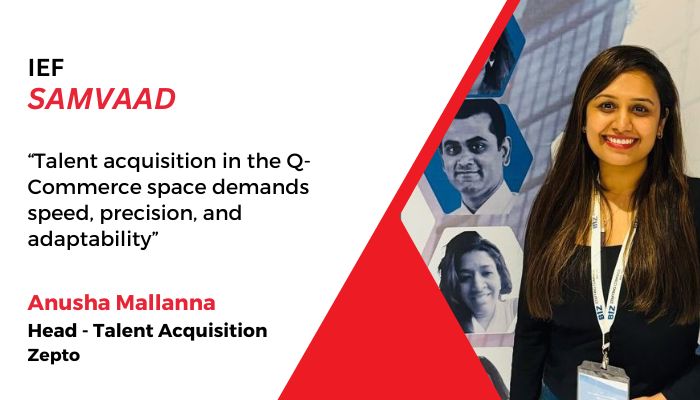Alisha Antony, Co-founder, Oclid, speaks to the India Employer Forum about how Indian enterprises are tapping into real-time data analytics to drive digital transformation, overcome key challenges, explore evolving technologies, and more.
She said, “Whether it’s stopping fraud, boosting sales, or saving lives, real-time data analytics helps businesses make smart decisions right now, not tomorrow. And in a fast-moving country like India, that speed is pure gold.”
“Not everyone needs to become a data scientist. But everyone should know how to read a chart, ask questions, and look for patterns. Think of it like teaching your whole team to drive, not to build the car.”
Talking about how data analytics tools are shaping India’s digital future, she quoted, “This is a big shift because data analytics tools are getting simpler, smarter, and cheaper. Earlier, only tech giants could afford complex software and big data teams. But now, tools like Power BI, Google Looker Studio, and Zoho Analytics let even small businesses in tier-2 and tier-3 cities track sales, customer trends, and stock levels—all in a few clicks. Add to that the rise of AI and machine learning. Earlier, we needed experts to write code and build models. Now, drag-and-drop tools and AI assistants do the heavy lifting. That means more people can work with data, even without a tech background.
The future of India’s digital growth is deeply connected to data, and the tools are finally catching up to our ambition.”
About Alisha Antony
Alisha Antony began her professional journey as a Technical Support Associate, where she quickly recognised her passion for data-driven decision-making. To deepen her expertise, she completed a comprehensive Data Science program with Springboard, which enabled her transition into analytics. Alisha has since held impactful roles at Techmantu Digital and Infosys, where she developed strong capabilities in data analytics and business intelligence. Her experience also includes working with global tech leaders such as Microsoft and HP. Today, as the Co-founder of Oclid, Alisha leads the brand’s digital strategy, with a focus on strengthening its social media presence and driving growth through data-led insights.
Disclaimer: The opinions and views expressed in this article, including any accompanying data, are the sole responsibility of the author and should not be construed as reflecting the official policy or position of India Employer Forum.





